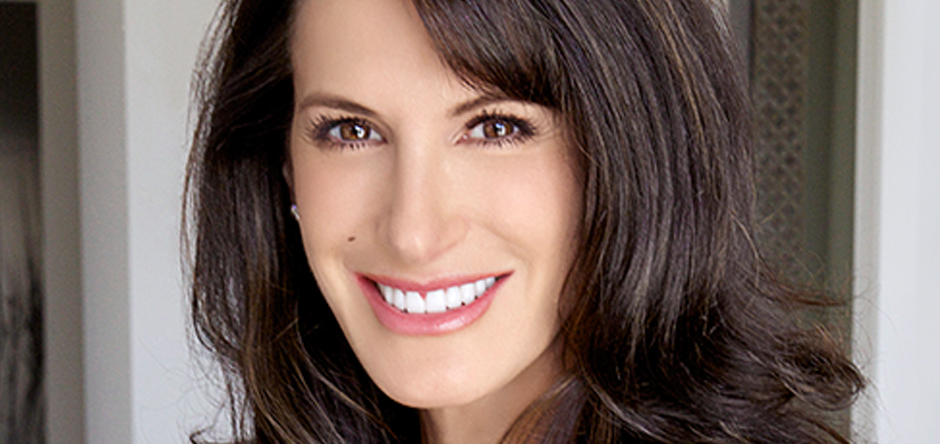The six-part documentary series “MAKERS: Women Who Make America” just concluded its second successful season on PBS, focusing on specific fields in which women have broken new ground and reshaped American institutions – business, politics, entertainment (Hollywood and comedy), space exploration and the military.
This has been a big year for “MAKERS.” In February, the “MAKERS” team held its inaugural conference in California to gather and spotlight leaders and innovators from corporations, nonprofits and government organizations committed to women’s and working-family issues. They included Gloria Steinem, Gwen Ifill, Martha Stewart, Linda G. Alvarado, Marlo Thomas, Gabby Giffords, Sheryl Sandberg, Jennifer Aniston, Geena Davis and Val Demings, Orlando Fla.’s first female chief of police. The conference was a 48-hour, action-packed discussion about the state of women issues and set an agenda to achieve gender equality in the 21st century.
Then in April, producer Nancy Armstrong says, “We launched ‘MAKERS China.’ Pat Mitchell, CEO of The Paley Center (for Media), and a MAKER in her own right, introduced us to Yang Lan, who is widely considered to be the Oprah of China. We pitched the project to her, and she was on board instantly. A team from ‘MAKERS’ went to China and interviewed Yang as well as 10 other trailblazing women….”
“MAKERS” sets a bourne for how far women have traveled – and how far they still have to.
“It wasn’t that long ago that if a women wanted to be an astronaut or a lawyer, or a corporate leader, she couldn’t,” Armstrong says.
She and others were reminded of this when Marleen Martinez, a scientist with Lockheed Martin Space Systems, took to the stage of the Denver Museum of Nature & Science to mark the debut of “MAKERS’” “Women in Space” installment. She told the crowd that when she went to college in 2001, she was discouraged from her career choice.
“People just assume that things are relatively equal now in the professional arena,” Armstrong adds, “but the C-suite numbers are still quite low, hovering around 15 percent — a number that hasn’t budged in the last 10 years. We’ve become stagnant, so there’s been a resurgent focus on this issue. We’ll stop talking about it when women reach parity at the top. We’re not there yet, so the discussion has to continue.”
Still, Armstrong says,“Girls today can look at virtually any sector and see a female role model – a leader. And that is vitally important for them, because if they can see them, they can be them.”
For more, visit makers.com and check out WAG’s profile of Armstrong in our May 2013 issue. – Georgette Gouveia

